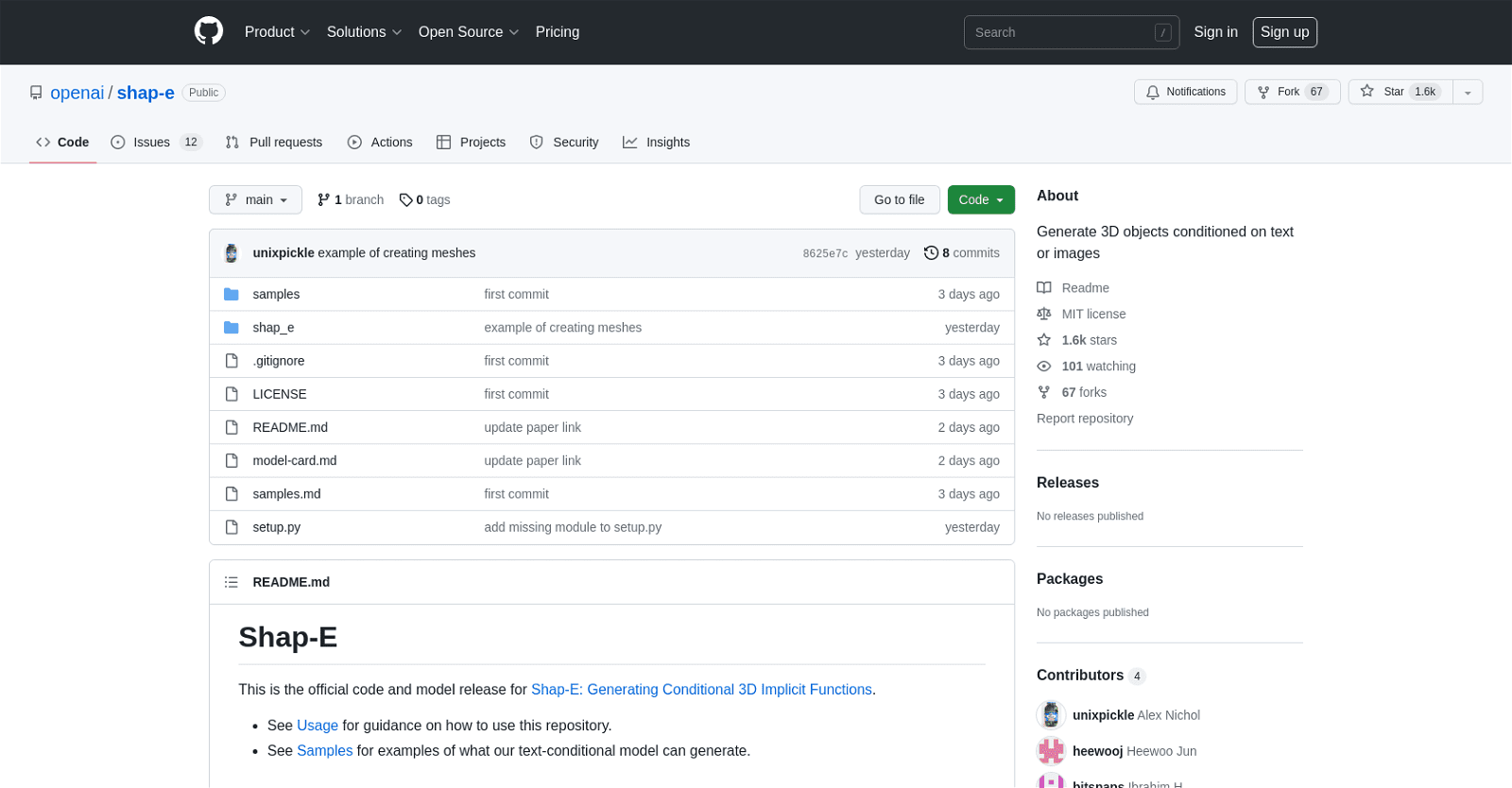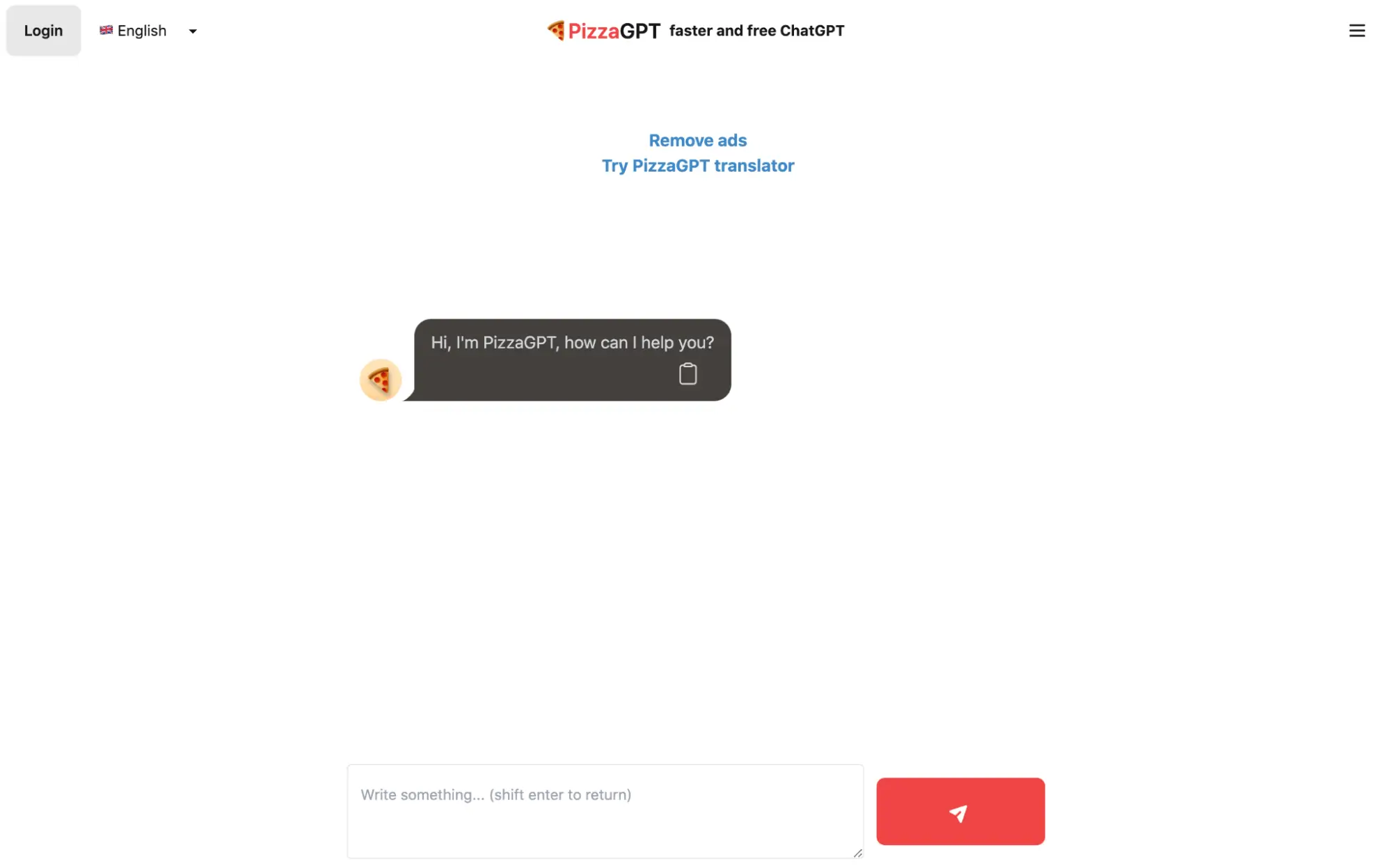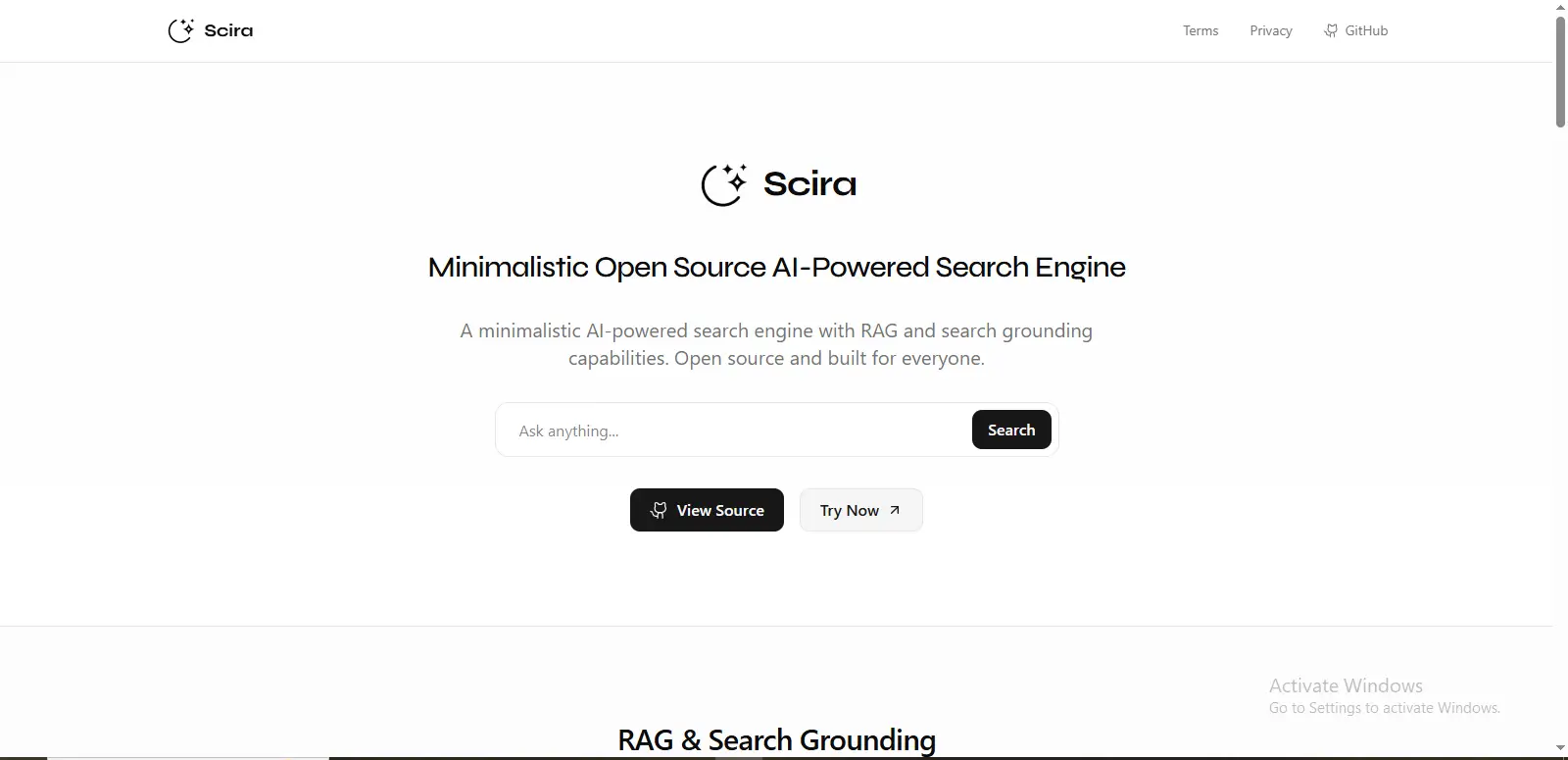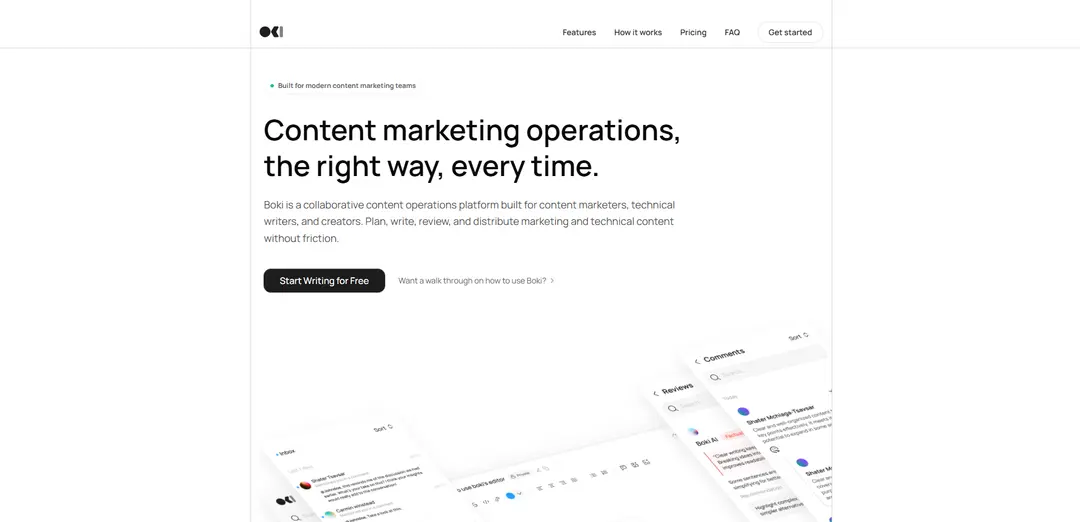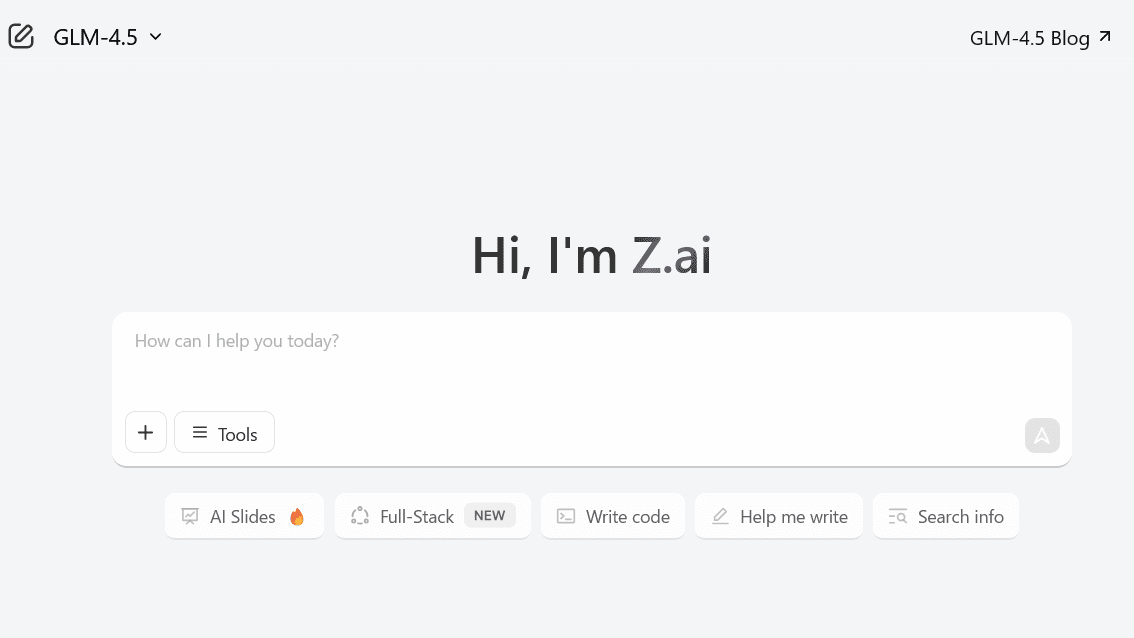The GitHub repository openai/shap-e is an AI tool designed to generate 3D objects based on text or images. Users can actively contribute to its development by creating an account on GitHub.
SHAP-E offers a range of features aimed at enhancing productivity, including workflow automation, package management, vulnerability detection, instant development environments, and AI-assisted code writing. These capabilities enable users to manage code changes, track project progress, and collaborate effectively beyond coding tasks, all accessible through the repository’s explore page.
Comprehensive documentation and GitHub skills are available to assist users in maximizing the tool’s functionalities. SHAP-E caters to various user groups, including startups, educational institutions, teams, and enterprises, supporting them in automating workflows and boosting project efficiency.
The repository houses essential files like samples, shap_e, .gitignore, LICENSE, README.md, model-card.md, and samples.md, which provide valuable references and information. Licensed under the MIT license, the repository allows open access and modification of the tool’s source code. Users can utilize codespaces after signing in to leverage its capabilities seamlessly.
Overall, SHAP-E represents a valuable contribution to the AI community, facilitating rapid and straightforward generation of 3D objects.
More details about Shap-e
Does Shap-e help in finding vulnerabilities in my code?
While Shap-e primarily focuses on generating 3D objects from text or images, it does not specifically assist in finding vulnerabilities in code. For vulnerability detection, GitHub offers related features.
Can Shap-e be used by startups and educational institutions?
Yes, Shap-e is suitable for startups, educational institutions, and other organizations looking to generate 3D objects based on text or image inputs for their projects.
What documentation is available for Shap-e?
Shap-e provides comprehensive documentation, including README.md for general guidance, model-card.md for model specifics, samples.md for examples, and instructional notebooks. These resources help users deploy the tool, generate 3D objects, understand its applications, and troubleshoot issues.
Which environments does Shap-e work best in?
Shap-e operates effectively in environments that support its execution, typically environments compatible with Python programming or similar setups. It is accessible via GitHub, a web-based platform compatible with various operating systems and browsers, ensuring widespread accessibility.
